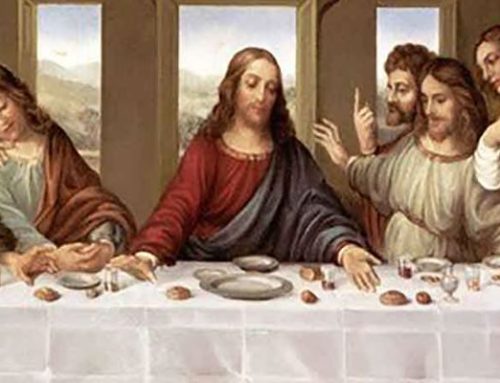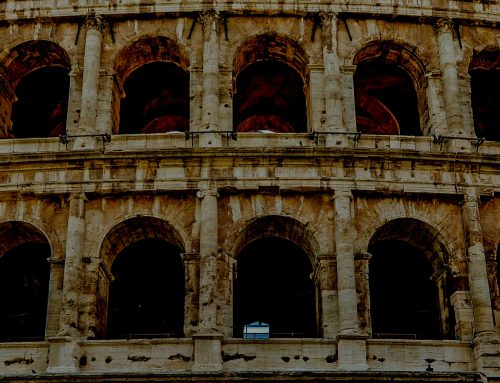By the fourth century, Rome was invaded by Germanic-speaking tribes from north of the Italian peninsula. Rome’s many roads made it easy prey for the Franks, the Vandals, the Lombards and the Goths, the Visigoths, and the Ostrogoths to invade the Italian countryside. Those Germanic tribes moved into the Roman Empire because they were pushed West by the Huns, a violent band of nomadic warriors.
By 324ce, Rome had become a difficult city to defend, so Emperor Constantine began construction of a “New Rome” in Byzantium, a Greek city almost 1500 miles to the east. The emperor renamed the city “Constantinople,” which means “city of Constantine.”
Roman civilization survived for centuries in Constantine’s eastern empire, while Rome and the empire’s western provinces fell to the Germanic invaders. Historians refer to the Eastern Roman Empire as the Byzantine Empire. The Byzantine Empire included parts of modern Greece, Serbia, and Turkey. The Byzantine Empire lasted until 1453, when it fell to Turkish warriors. The Turks brought their faith in Islam to Constantinople and converted many churches to mosques. Constantinople is now known as Istanbul, Turkey.
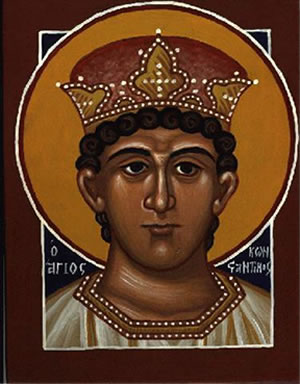
Constantine_the_Great
Constantine the Great was Roman Emperor from 306 to 337.
While the empire continued in the east, the city of Rome was under attack. Illiterate Visigoth warriors overran “the Eternal City” beginning in ad410. One of them, Odoacer, made himself emperor of Rome in 476.
The city of Rome continued to exist, but the Western Roman Empire dissolved into many small kingdoms. Western Europe entered a period of war and disease known as the “Dark Ages.” Then, after about 1000 years, the region experienced a “rebirth” known as the Renaissance.
The Renaissance was an era of invention and discovery that saw art, architecture, and science thrive. The people of the Renaissance referred to the era of the Greeks and the Romans as “the classical age,” a term we still use today.
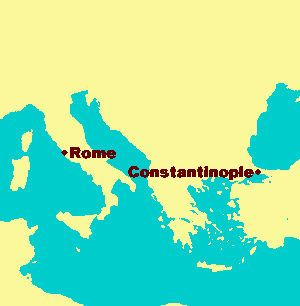
Rome_Constantinople_map
Constantine moved the seat of the Roman Empire 1500 miles east to the Greek-speaking city of Byzantium. He renamed the city Constantinople. The modern nation of Turkey renamed the city to Istanbul in 1930. Istanbul means “marketplace.”
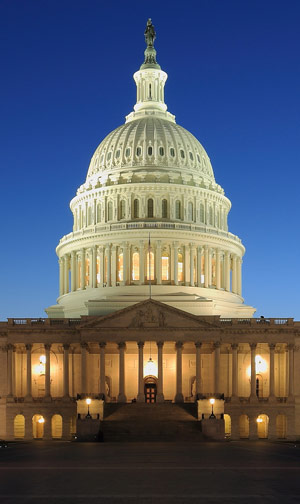
The Architecture of the United States Capitol in Washington, D.C. was inspired by the ancient Romans.
Roman literature, law, and language have been studied and adopted by many cultures. Our form of government, many of our laws, and our public architecture are based on Roman models. The Roman Empire is gone, but it is not forgotten.
Resources
Download this lesson as Microsoft Word file or as an Adobe Acrobat file.
View a Powerpoint presentation of this lesson.
Listen as Mr. Dowling reads this lesson.
Lexile Measure 1120L
Mean Sentence Length 15.39
Mean Log Word Frequency 3.20
Word Count 354
Mr. Donn has an excellent website that includes a section on Ancient Rome.
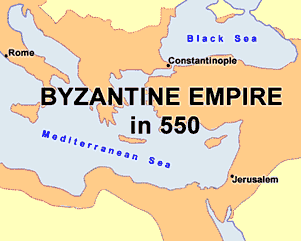
703byzantine_550
The Byzantine was the continuation of the Roman Empire in the East until 1453, when it fell to Turkish warriors.


